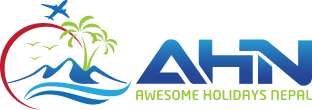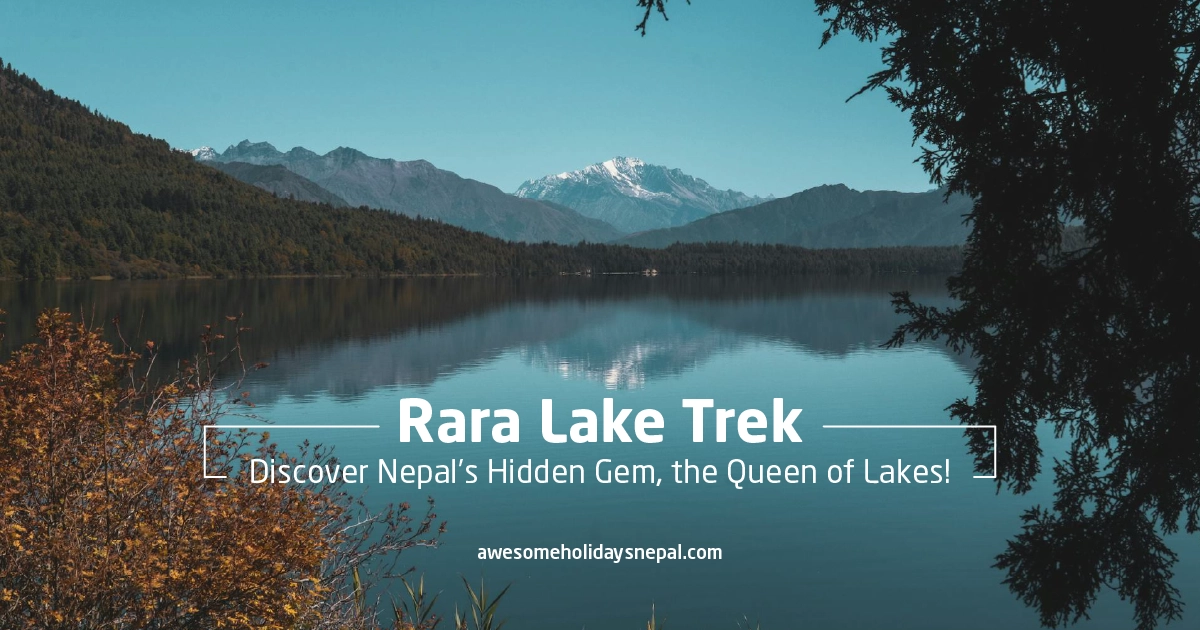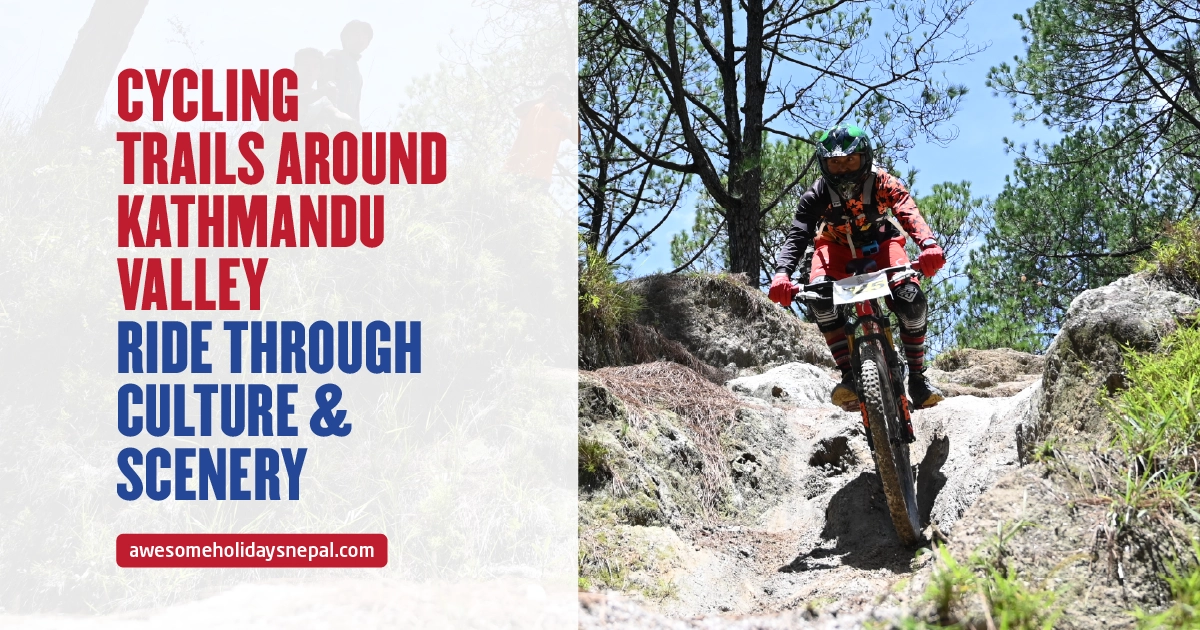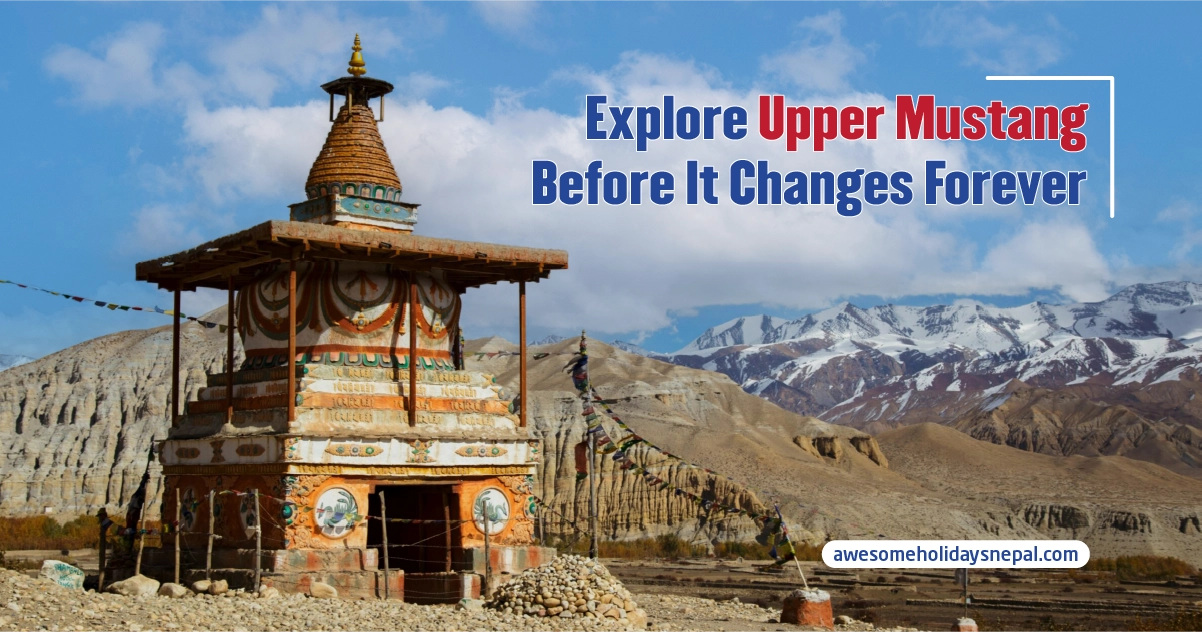Best Things to Do During Upper Mustang Trek
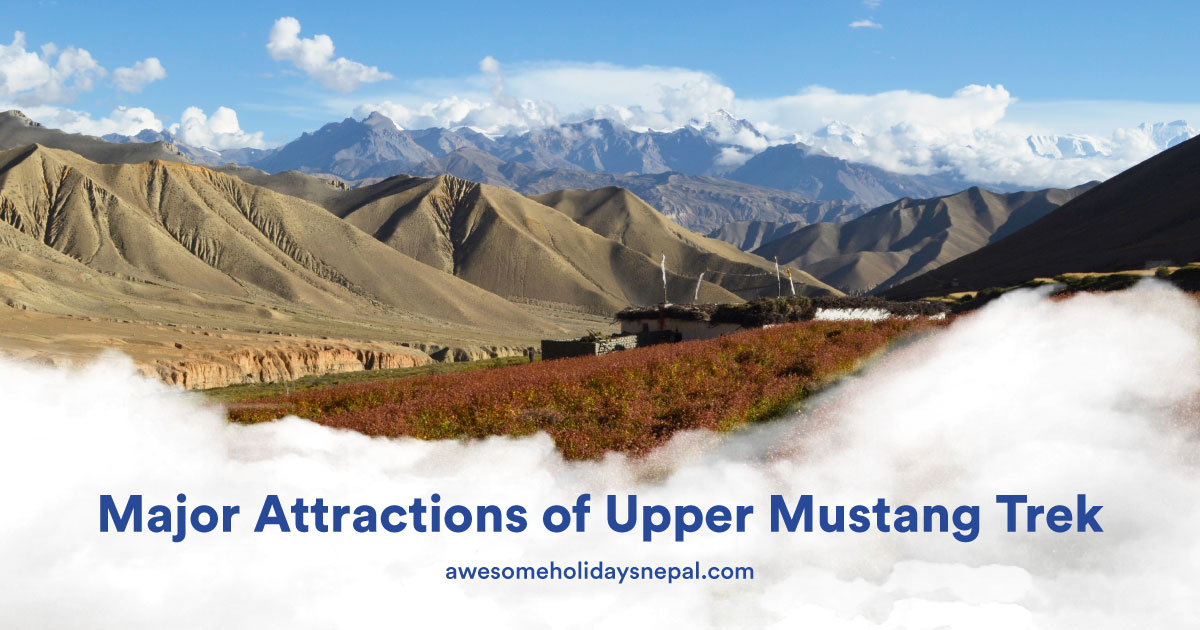
The Upper Mustang trek is one of Nepal’s most unique and mesmerizing trekking experiences. This area is referred to as the “Last Forbidden Kingdom”; it provides a mix of beautiful scenery, ancient Tibetan culture, and astounding treasures.
Throughout your journey, you will discover many amazing things, whether you are a cultural aficionado, an explorer, or a spiritual seeker. If you are planning this trek, here are the best things to do during the Upper Mustang trek to make the most of your experience.
Similarly, if you want to know everything about Upper Mustang Trek, read our blog.
Best Things to Do During Upper Mustang Trek
Witness the Vibrant Tiji Festival
The capital of Upper Mustang, Lo Manthang, hosts the three-day lively Buddhist festival Tiji every year. The festival is also widely known as the “Tenzing Tiji Festival.” According to the local calendar, it falls at the end of May. The festival’s origins are stated to be more than 300 years ago.
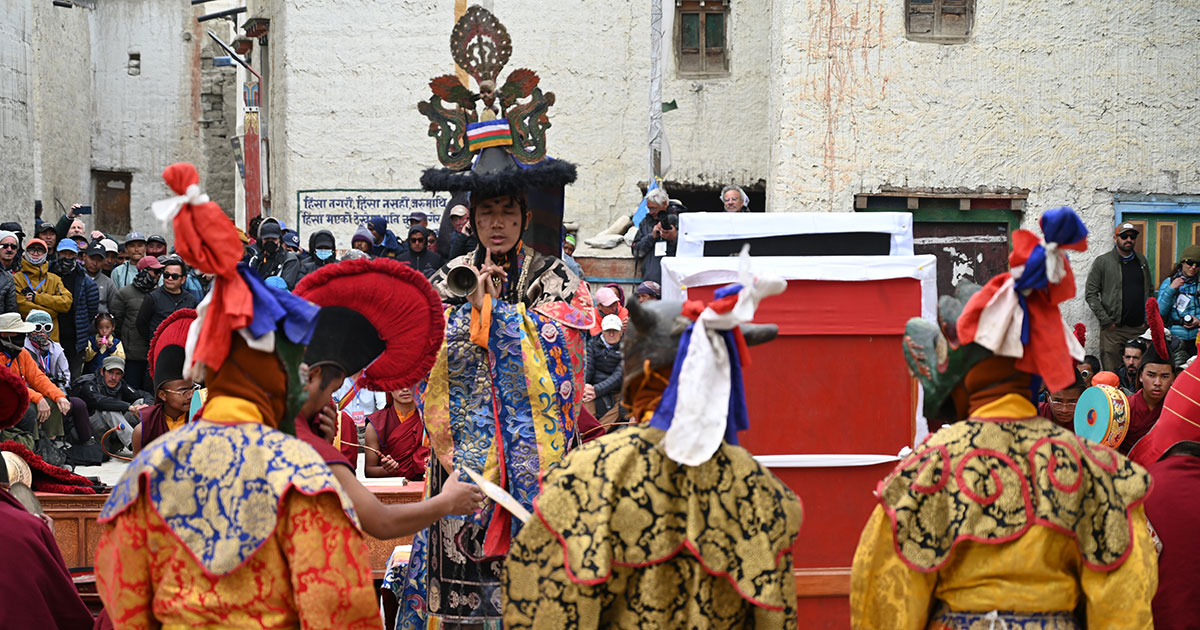
The festival sprung from Tibetan mythology, it stands for the victory of good over evil and is honored with masked dances, ceremonies, and chants done by Buddhist clergy. It draws both regional and foreign visitors, the festival is a display of customs, colors, and cultural diversity. One seldom gets the chance when attending the Tiji Festival to see real Mustang culture in all its splendor. So, without a doubt it is one of the best things to do during Upper Mustang Trek.
Explore the Ancient Walled City of Lo Manthang
Lo Manthang is a medieval town encircled by fort-like walls in Upper Mustang. It constitutes the cultural and historical core of the region. Whitewashed mud-brick homes, small streets, and centuries-old monasteries Thubchen and Jampa Lhakhang abound in this undiscovered jewel.
Once the residence of Mustang’s Royalty, the city’s royal palace still stands to commemorate its royal history. You should definitely explore the Royal Lo Manthang Palace. Walking around Lo Manthang seems like going back in time to a time of Tibetan monarchies and Buddhism customs.
Discover the Mysterious Sky Caves in Chhusang
Upper Mustang is famed for its amazing sky caves, which are made cave homes hewn high up in the rocks. Used for meditation, burial, and shelter, some of the caves—which go as far back as 3,000 years—are thought.
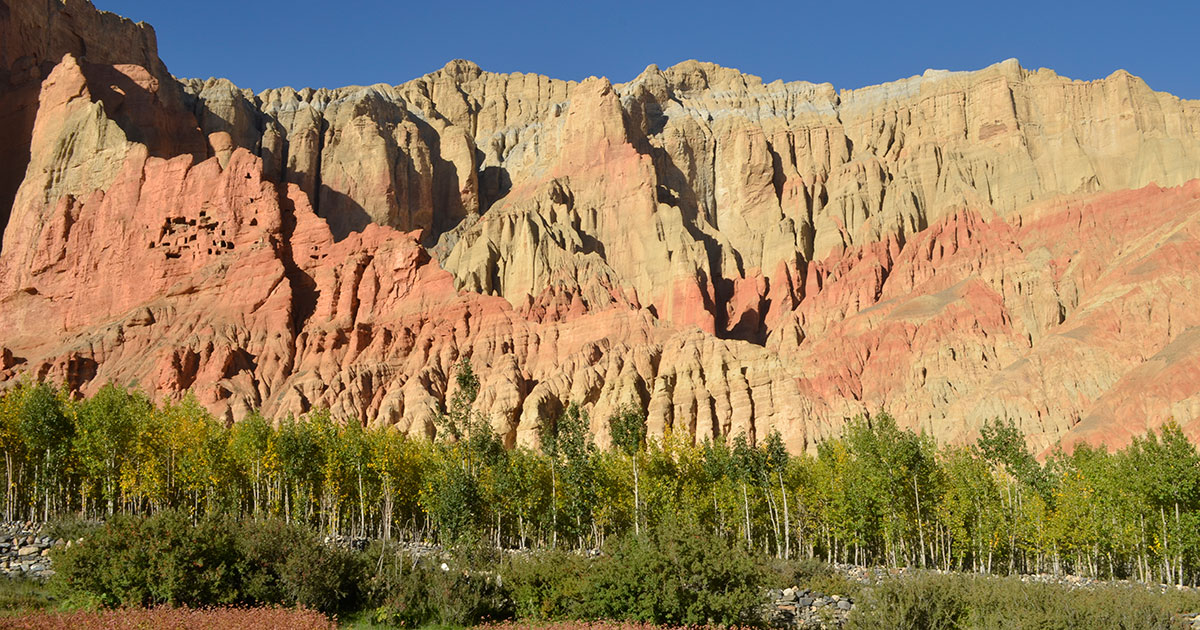
Particularly, Chhusang has a network of these ancient caves still unknown to archeologists. The exploration of these caves provides history buffs a great adventure as well as some knowledge about the prehistoric society of the area. As you explore these caves, you get a glimpse into the lost history of Mustang, that makes it one of the best things to do during Upper Mustang trek.
Visit the Sacred Muktinath Temple
Among Nepal’s most respected spiritual sites, Muktinath Temple is one of the most revered religious sites. It is located at an altitude of 3,800 meters and is one of the world’s highest temples. This holy Hindu and Buddhist pilgrimage site is said to bestow salvation—for those who come.
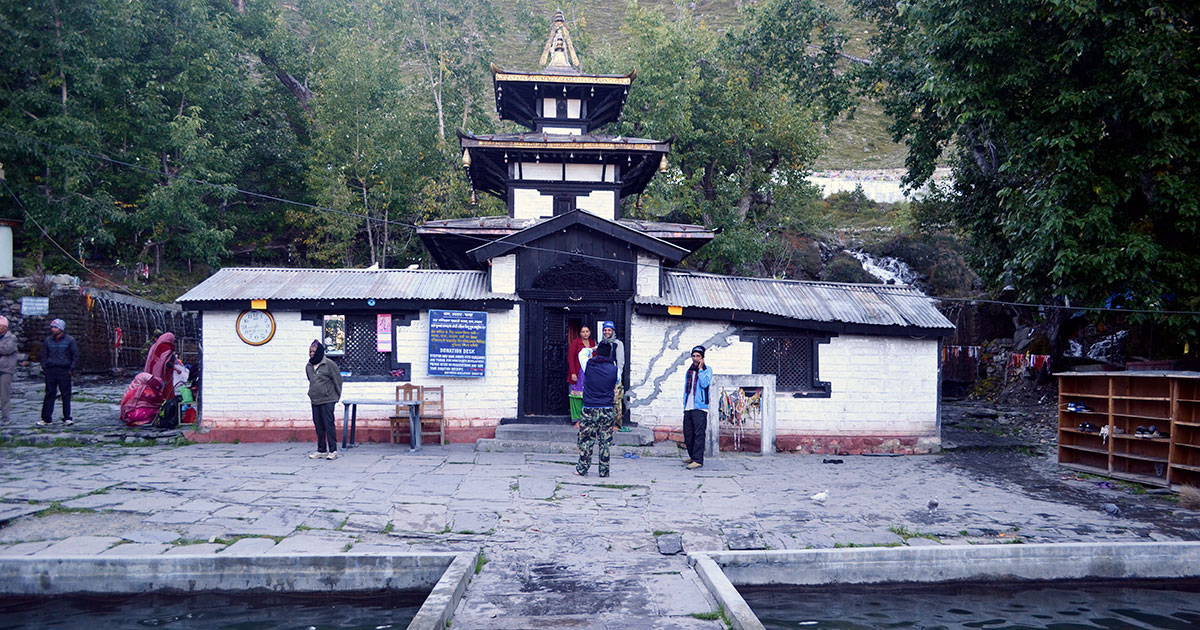
Similarly, devotees also purify themselves before praying using 108 waterspouts and a normal eternal flame found in the temple complex. The temple complex is also known as Mukti Kshetra, meaning “the place of liberation”. It is one of the Char Dham in Nepal. Muktinath offers a spiritually inspiring adventure due to the tranquil environment and magnificent vistas of the Himalayas. So, don’t you agree? It is one of the best things to do during Upper Mustang trek.
Reach the Kora-La Border (Nepal-Tibet Border)
The Kora-La Pass is the most northerly point of the Upper Mustang trip for those desiring to go farther. At an elevation of 4,660 meters, this border links Tibet and Nepal and provides a strange vista of the enormous Tibetan Plateau.
Arriving at Kora-La let’s hikers see the isolated high-altitude desert scenery and sense the strong historical connections between Mustang and Tibet.
Explore the Ancient Monasteries of Upper Mustang
Many of Upper Mustang’s ancient Buddhist monasteries—some of the oldest in Nepal—originally date from the 13th century. Known for their sophisticated murals, aged scriptures, and spiritual meaning, monasteries such as Ghar Gompa, Chhoser Monastery, and Tsarang Monastery.
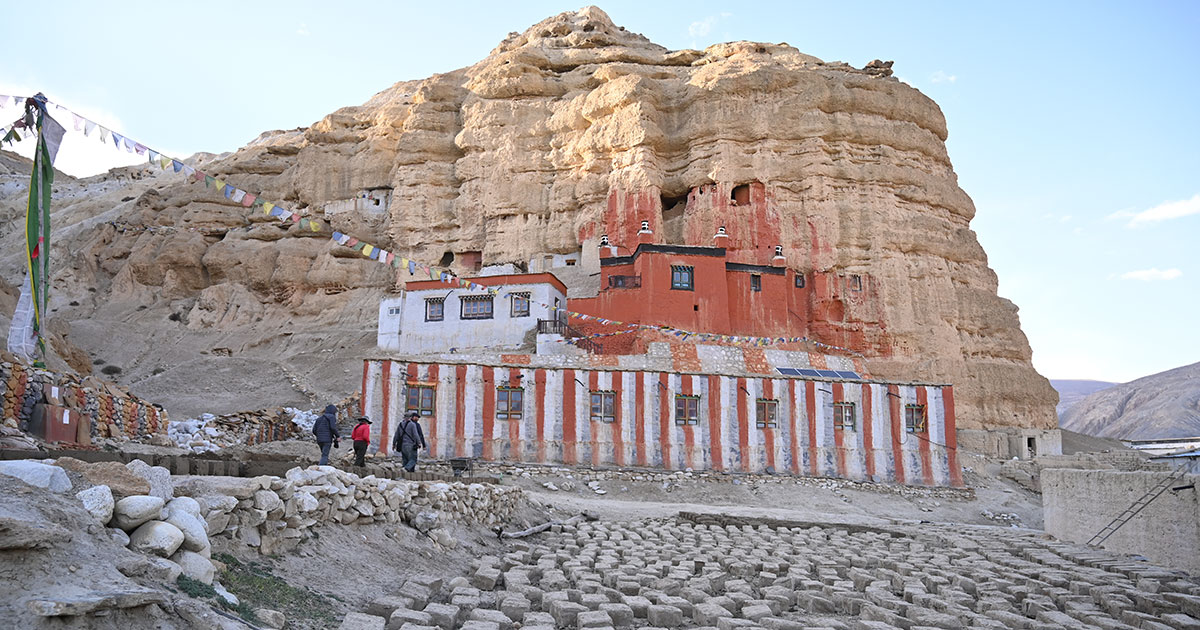
Touring these monasteries links one closely with the Buddhist traditions and the traditional spiritual practices of the area spanning centuries. We promise that you won’t regret your decision to explore these monasteries. It is one of the best things to do during Upper Mustang trek, as you get connected to the region’s rich spiritual heritage.
Experience the Apple Orchards of Kagbeni and Marpha
Passing through beautiful apple orchards in Marpha and Kagbeni, the journey to Upper Mustang begins. Known for their superb apples, apple brandy, and dried apple products, these settlements are.
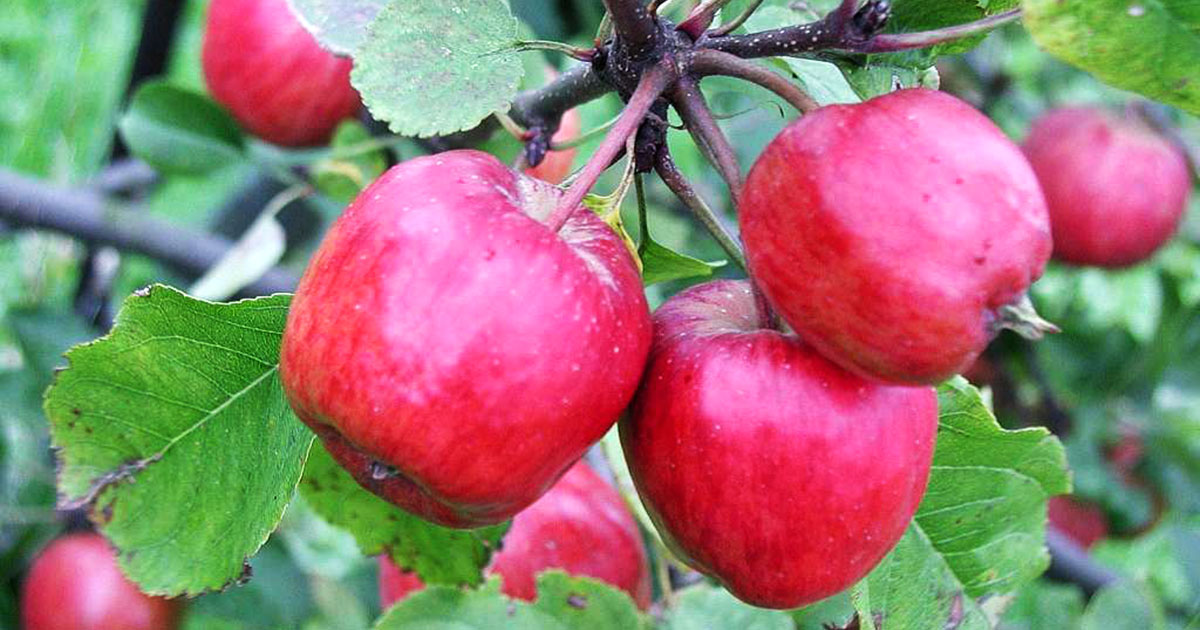
A stop in these orchards gives you a nice respite from the hard journey to sample local apple-based treats. In Marpha especially, beautiful stone-paved pathways and traditional Thakali culture define it as the “Apple Capital of Nepal.”
Visit Damodar Kunda
Damodar Kunda lake draws mostly Hindu and Buddhist pilgrims at 4,890 meters. The best time to visit is during the full moon in August. You get to witness impressive cliffs and deep gorges, along with breathtaking vistas of Annapurna, Dhaulagiri, and Damodar Himal. Trekkers pass through Tibetan-influenced communities, see prayer rituals and could also visit monasteries.
Rare wildlife including blue sheep and snow leopards abound in the area. So, it is ideal for photographs, meditation, and reflection. Damodar Kunda provides an once-in-a-lifetime Himalayan experience with its pristine beauty and calm waters.
Extend Your Journey to Tilicho Lake
Though not in Upper Mustang itself, Tilicho Lake is a magnificent side excursion sophisticated hikers can incorporate into their itinerary. One of the world’s highest lakes, Tilicho Lake is nestled among massive peaks at 4,919 meters above sea level.
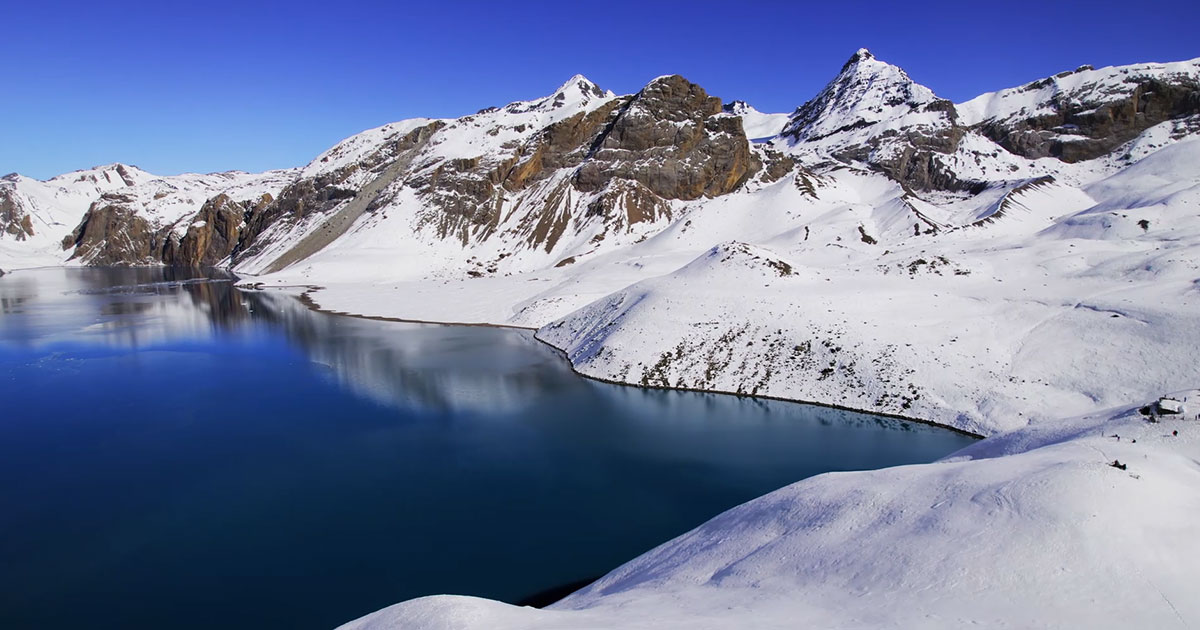
Though difficult, the trip to Tilicho offers hikers magnificent glacial views and a unique feeling of peacefulness. If time permits, this detour is an unforgettable addition to one of the best things to do during Upper Mustang trek.
Get Lost in Nepal’s “Last Forbidden Kingdom”
The Upper Mustang trek is a hiking adventure like no other—it’s a journey into a hidden world of culture, spiritual richness, and history. You will be left astounded after witnessing the mysterious caves, spectacular Tiji Festival, or after getting soaked in the serene landscapes.
This magical experience will be etched in your heart for a lifetime. So, if you’re thinking about the Upper Mustang trek, your journey will be truly extraordinary by including these best things to do during Upper Mustang trek.
So, what’s stopping you? Pack your backs and embark on Upper Mustang Trek.
FAQs
Expand AllWhen is an ideal time to trek to the Upper Mustang Region?
The best time to trek to the Upper Mustang Region is during the Autumn and Spring seasons, as the climate is favorable and the trekking route is rich in luscious greens. For a safe, memorable, and incredible experience, plan a trek between mid-September and November or March and June.
However, the trek is possible all around the year. As long as you can avoid rainstorms and sustain extreme temperatures, you can ascend during colder months to avoid the crowd.
What kind of fitness level is required?
Trek to the Upper Mustang requires moderate fitness since you will walk at least 6-7 hours daily. You will also need good cardiovascular endurance and muscular strength to ascend quickly through rough terrain.
If you aren’t somebody who doesn’t perform physical training regularly, it is better to start training at least ¾ months in advance. Ensure you include cardio, flexibility exercises, and strength training in your workout to prepare your body for the trek.
Is it safe to trek alone?
It isn’t too safe to trek alone in the wilderness. If you are planning to trek to high-altitude mountains like the Upper Mustang region, which can often have unpredictable weather, is prone to natural calamities, and involves risky and rough terrains, it isn’t safe to travel solo.
If you know the route very well and are mentally and physically prepared to trek alone, go for it. Otherwise, it is recommended to take along a travel guide who knows the route well to have a smooth trekking experience.
What permits are required?
To explore the Upper Mustang region, you require three different permits: a special Mustang trek permit, an Annapurna Conservation Area project permit, and a TIMS card (Travelers Information Management System).
What is the weather like on the trek?
The weather can be unpredictable if you are trekking in a mountainous region. Usually, the temperature is lower and can drop to freezing at night.
Besides, the higher elevation areas often have snowstorms, soft rains, and chilled breezes.
How do I deal with altitude sickness?
If you get altitude sickness on your way Upper Mustang, let your trekking guide know about the situation. The guides are prepared with first aid required for such a situation.
Rest at the same spot and take anti-sickness medications. After you feel a little better, descend to a lower altitude. If the situation worsens, request the guide reach out to the head office in Kathmandu for a helicopter rescue.
What should I do in case of an emergency?
The first thing you can do in an emergency is contact our trekking guide. Our guides are equipped with oximeters and necessary first-aid kits and trained to handle any kind of emergency.
Besides, the guides will have all the necessary contacts to contact emergency rescue services such as helicopter rescue, air ambulance, or land rescue.
What kind of gear do I need?
To trek to the Upper Mustang region, you will need lightweight and warmer clothing, trekking poles, hiking boots, headlamps, sleeping bags, sunglasses, toiletries, and solar batteries.
Related blog posts
Discover a choice of tourist destinations loved by most of our visitors. Whether you're on a jungle safari to spot rare animals or walking through a world heritage site, these well-planned itineraries cover the major highlights of Nepal.
